Adding Some Fashionable Flair
Whether they are purely decorative or wholly functional, fashion accessories are now part of everyday life. If you’re skeptical, count the different accessories you have used, worn or displayed today. People consciously and unconsciously choose to use accessories from ear buds for cell phones to woolen scarves often.
In very broad terms, anything that is not essential itself but adds to the attractiveness, convenience or effectiveness of something else is an accessory, and nearly all product categories cars, cell phones, electronics, clothing, etc. have accessory lines available for purchase. Though, because of the predominately female client base, women’s fashion accessories are the most logical fit for garden centers.
Sunglasses, scarves, bags, watches and other accessories do more than simply block the sun, shield the wind, carry necessities and keep time; they help define personal style, which is part of the reason why they make up a billion-dollar industry. Statistics compiled by Accessories Magazine projected that the total U.S. women’s accessories market would reach $29.21 billion in 2004. The projected amount is higher than the 2003 sales total of $27.82 billion, of which specialty stores were responsible for 5.5 percent or about $1.5 billion. In fact, total sales for the women’s accessory market have risen each year since 2000, which is the first year Accessories Magazine published its statistics list.
Add-On Potential
A benefit of accessories is that they come in a range of sizes and prices. The differing size options allow for displays in large and small areas. Many times, depending on if the products are hung, draped or folded, the same number of products can fit into both size categories. Smaller items such as sunglasses and watches can always fit into confined display spaces, while roomy bags filled with tissue paper and unfolded scarves can take up a lot of room. Though, if they’re folded down, their space needs are greatly reduced. In this way, accessories are adaptable to the available spaces in garden centers.
The differing price points ranging from extravagant to economical offer garden center merchandise buyers and consumers a variety of options. Though, regardless of their price, accessories traditionally bring high margins.
Another benefit is that accessories are great add-on sales for all retail establishments. Place a selection near the register for impulse buying. Such placement can work well, especially if price points are low. But no matter where the accessories are placed in relation to the registers, employees will have ample opportunities to actively sell to customers. For instance, have employees try to match accessories to plants that gift-shopping customers have picked out for others. A red plant with a scarf or bag in the same hue is a unique gift combo that employees can have fun selling. Having employees physically place the products (plant and accessory) next to each other, or even in customers’ hands, can increase the likelihood of purchase. It’s also important to make sure employees can answer any questions about the products; things such as durability and care instructions are the most important.
The addition of accessories to a garden center diversifies the product base. Customers (especially gift buyers) appreciate the broad appeal of accessories: Be it a hat, watch or bag, when it comes to accessories, one size generally fits all.
Spot The Trend
Women’s accessories are forever linked with fashion trends: What is popular in stores one season is not guaranteed to carry into the next. This leaves retailers with a couple of options. Those with a nose for spotting the next must-have items can try to keep a step ahead of the crowd. Keeping tabs on fashion magazines, runway shows and celebrity trends is a way to monitor popular culture and find the next fad.
For those who aren’t interested in trends, another option when choosing products is to look at your garden center’s consumer base and the local community as a whole. What products will be most appealing to the people in your vicinity? What may work in an urban environment may not be popular in rural areas. Additionally, cold-region stores can consider winter lines, while stores in warm regions can think about how people can accessorize at the beach. Ultimately, the age and general preferences of clients can help guide buyers who are looking into accessory lines. Talk with customers to find out their likes and dislikes.
Choosing tried-and-true brands that have been historically popular is also an option. A little research into the manufacturer and the product’s sales patterns and figures can help determine if demand for the item has risen, fallen or stagnated. A strong brand name that shows no signs of a popularity slump is a less-risky choice to stock.
Unfortunately, success is never guaranteed. In the end, trial and error may be the only way to stumble upon accessories that are popular garden center sellers. Though, the add-on potential and the value to customers can be worth the time and effort spent finding the right products.

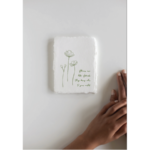

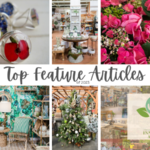
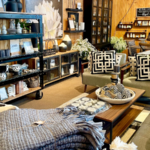

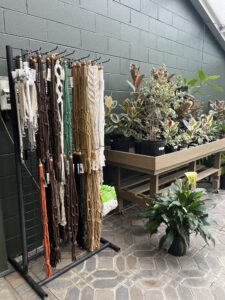
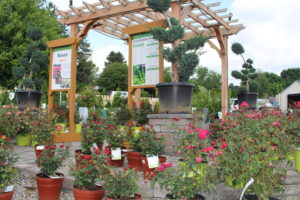
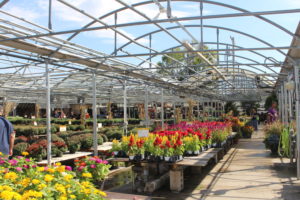
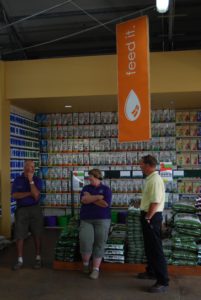


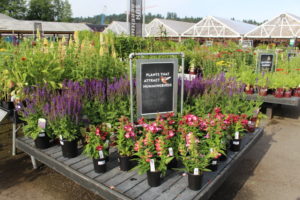

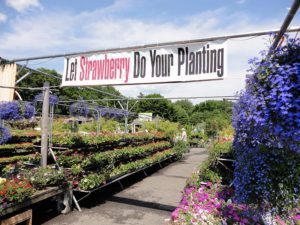
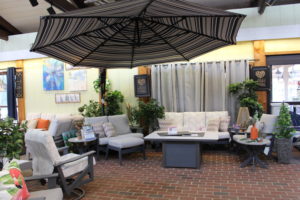

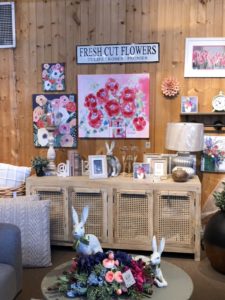
 Videos
Videos





